
Mexico and the United Status
Just don't call it Plan Mexico
Oct 25th 2007 MEXICO CITY AND MIAMI
From The Economist print edition
http://www.economist.com/world/la/displaystory.cfm?story_id=10024653
A controversial scheme for American aid to help its southern neighbour fight drugs looks useful but underwhelming
THE idea was first mooted at a meeting near Mérida last March between Mexico's president, Felipe Calderón, and George Bush. Months of negotiations culminated in weeks of leaks, mainly from American officials. But for such a well-rehearsed exercise, the announcement when it finally came was oddly low-key. On October 22nd both governments said that in an early-morning telephone call the two presidents had agreed on a plan under which the United States will provide Mexico with $1.4 billion in aid over the next three years to fight drug traffickers.
Patricia Espinosa, Mexico's foreign minister, said the largest single chunk of an initial $500m would be spent on aircraft—mostly transport planes, she said, although in Washington, the State Department talked of surveillance aircraft and helicopters. There will also be scanning equipment at the border, and new communications systems, training and technical advice for Mexican police, including help on a witness-protection programme. And the United States will also give $50m in anti-drug aid to the Central American countries.
Officials in both countries say the proposed aid package, attached to a supplementary funding bill, is a response to the upsurge in violence unleashed by feuding drug gangs in Mexico. This saw 2,100 drug-related murders in 2006, a number already surpassed this year. Many have taken place in cities just south of the border. Those killed include gangsters, police and soldiers, innocent bystanders—and journalists (see article).
On taking office last December, Mr Calderón made law and order his top priority, sending 30,000 army troops and federal police into half a dozen states. He has authorised the extradition of several gang leaders to the United States.
If the details of the aid package are still fairly sparse, that points to the political sensitivity of the plan. Legislators in both countries complained of not being consulted. Both are wary of any resemblance to Plan Colombia, under which the United States has spent some $5 billion since 1999. Although this has helped to reduce violence in Colombia, it has had relatively little impact on drug production. Mexican officials, sensitive to concerns about their country's sovereignty, have repeatedly said that they will not accept American military advisers nor private contractors, both of whom are present in Colombia, on their territory.
In fact, there are big differences between the two schemes. While being sold as an anti-drug programme, Plan Colombia is in reality a counter-insurgency exercise. Mexico is free of Colombia's large guerrilla and paramilitary forces. And American aid will be relatively small. Mexico plans to spend $7 billion on law enforcement over the next three years. American officials stress that the package is testament to the growing confidence and co-operation between law-enforcement agencies on both sides of the border.
The bigger question is whether the aid will be effective. Some Mexican analysts say that the package won't tackle the heart of the problem: the low pay, poor organisation and systematic corruption of Mexico's police forces. "They are overemphasising the technology," says Luis Astorga of the National Autonomous University in Mexico City. Mexican officials have often said that the most useful thing its neighbour could do is curb the export of guns to the traffickers.
American officials claim that Plan Colombia, combined with Mr Calderón's crackdown, is finally having an impact. Last month they released figures showing that cocaine prices have risen on American streets while purity has declined. But critics of the "war on drugs" question the methodology behind those figures as well as the official interpretation. They say the weakness of the dollar has caused traffickers to divert more product to Europe. (Consumption has also increased greatly in Latin America.)
Some also question whether action against drug supply can ever have much effect as long as demand continues. The drug "war" has had the effect of shifting the trade from place to place, rather than halting it. Thus Mexican gangs came to eclipse their Colombian counterparts in firepower and economic muscle. According to an August report by America's Government Accountability Office, over 90% of cocaine in transit to the United States now passes through Mexico, up from two-thirds in 2000. Over the same period seizures of methamphetamines at the United States-Mexico border increased fivefold.
"Success in one place can often turn around and devastate someone else," says Joy Olson of the Washington Office on Latin America, an NGO. "If we are going to be 'successful' in Mexico, we need to ask who is going to be devastated next." But despite such doubts, the United States Congress will probably approve the aid—unless this falls victim to a new mood of deficit-cutting.
Many Mexicans will no doubt think that it is about time that their rich neighbour helped to clean up the mess caused by a drug habit that prohibition has failed to eliminate. The American Justice Department's National Drug Intelligence Centre reckons that each year between $8 billion and $23 billion in illegal drug proceeds flow south, much of it to the gangs in Mexico. Put beside that, the aid package looks like much ado about peanuts.
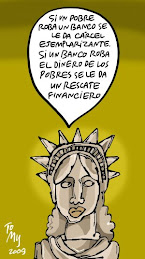



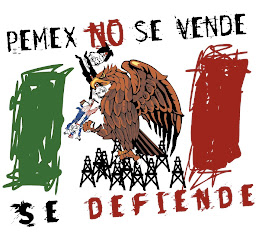


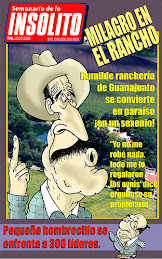








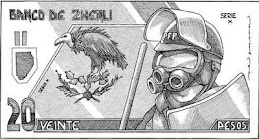
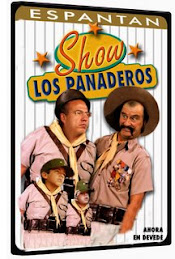


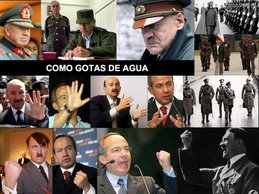

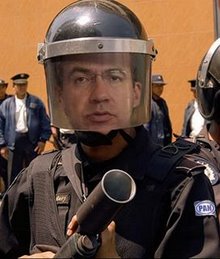
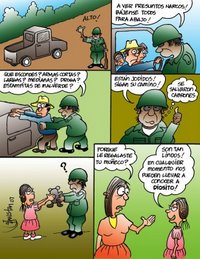

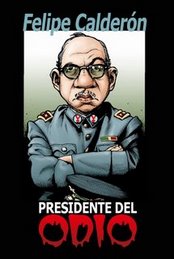
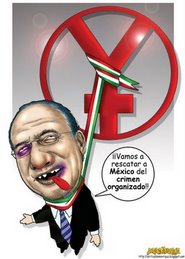
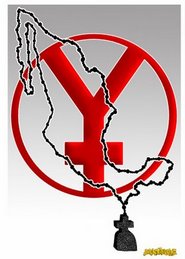
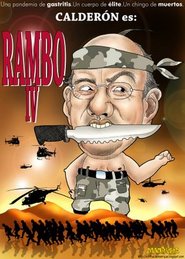
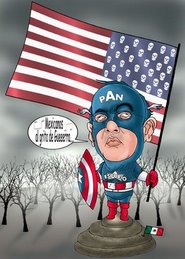
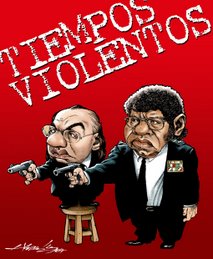

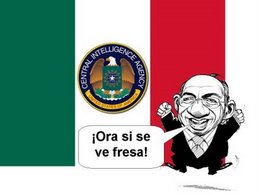
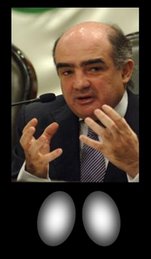
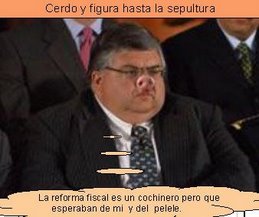
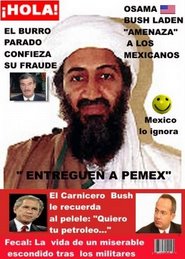
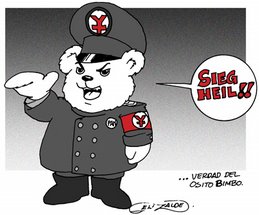
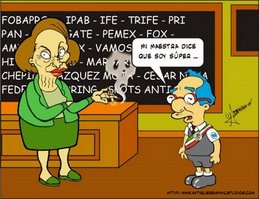



No hay comentarios:
Publicar un comentario